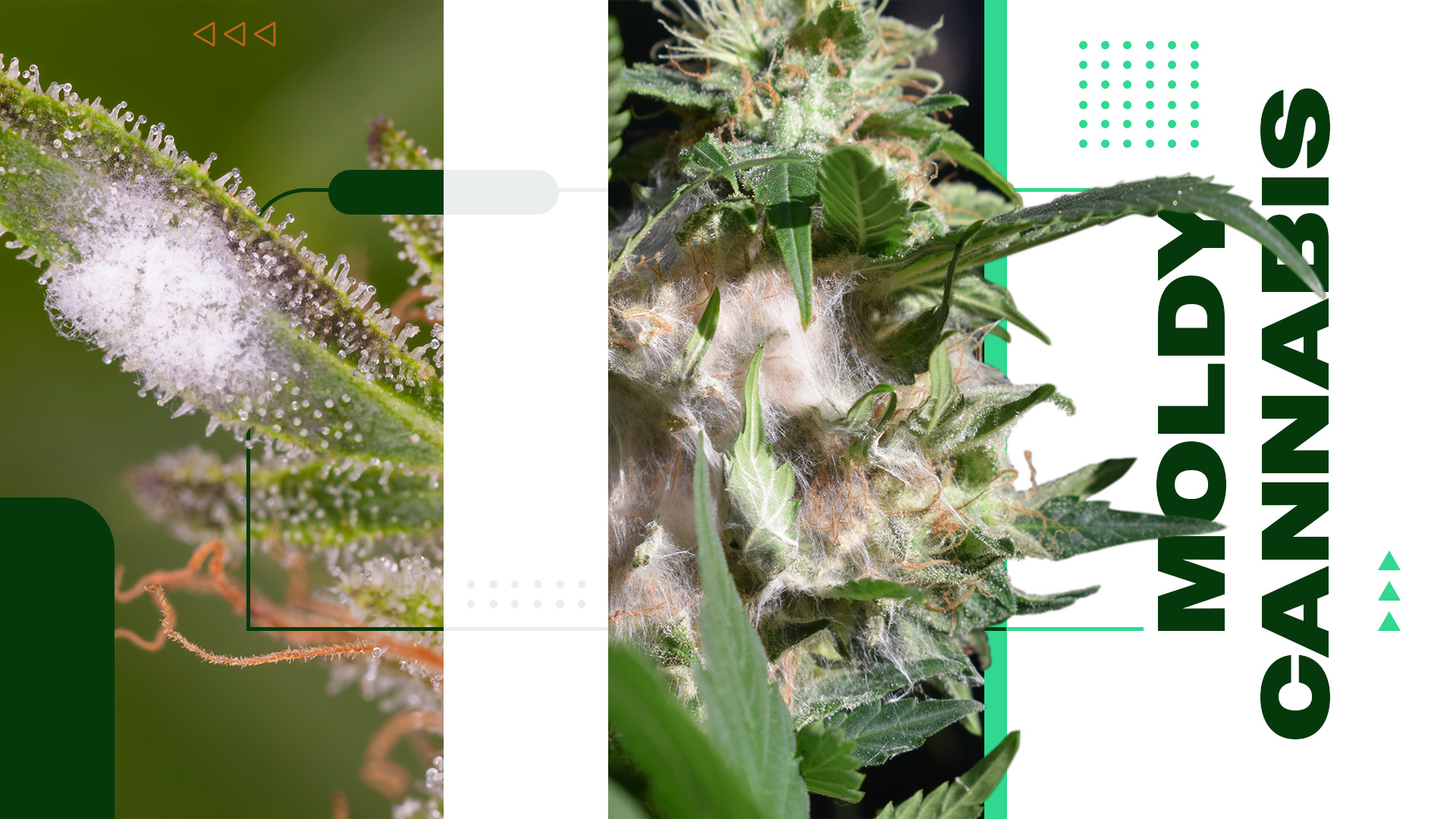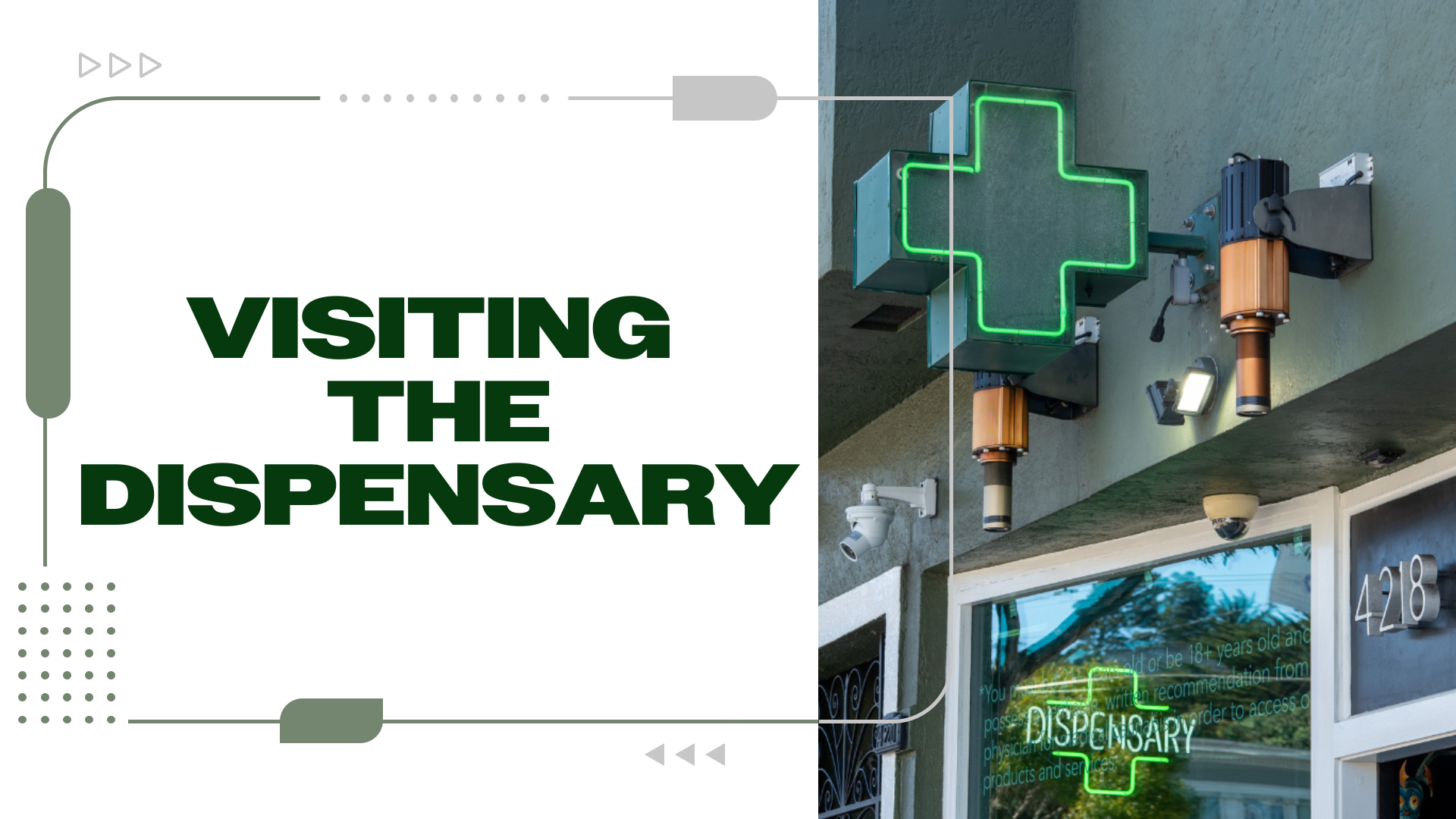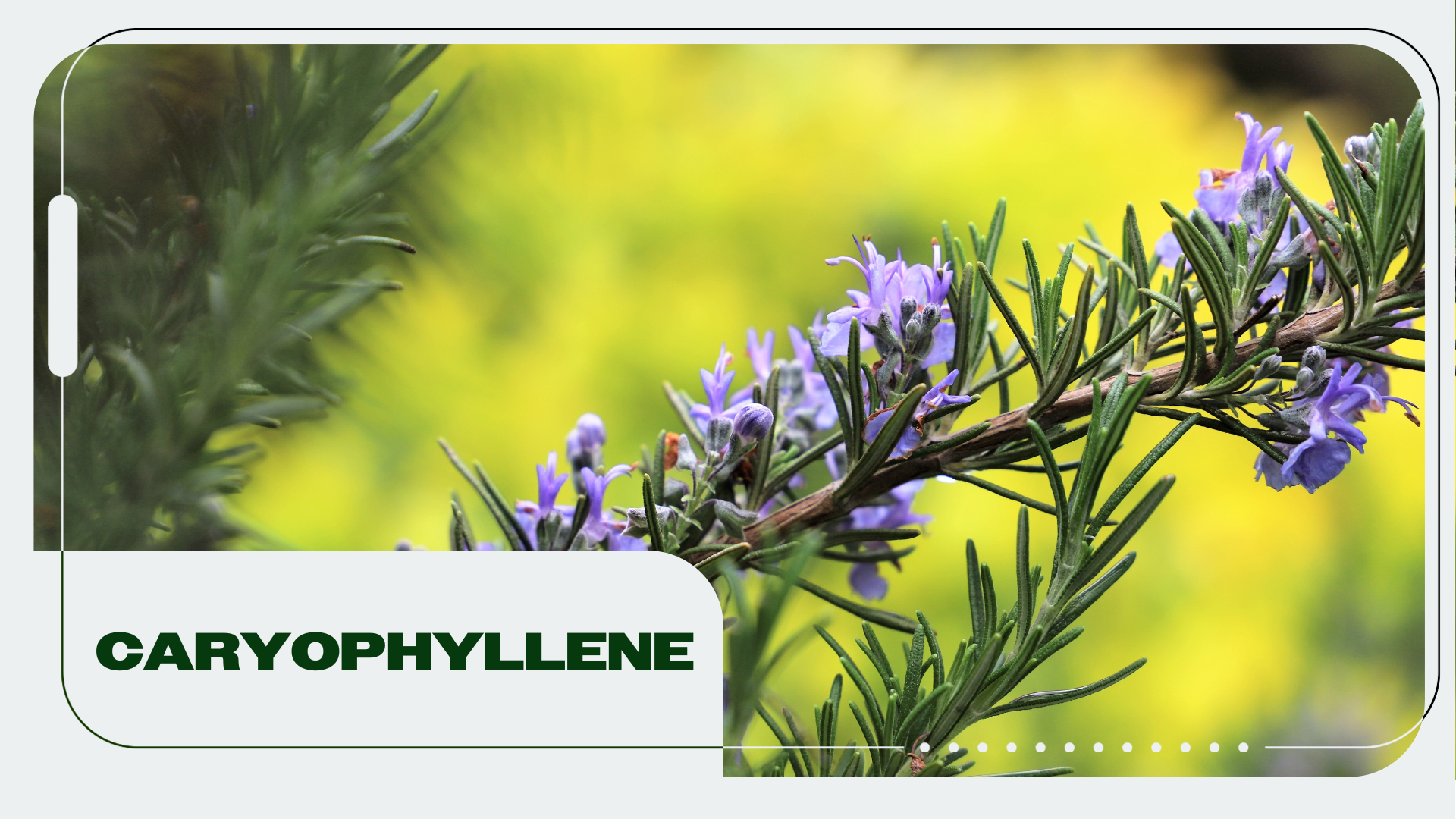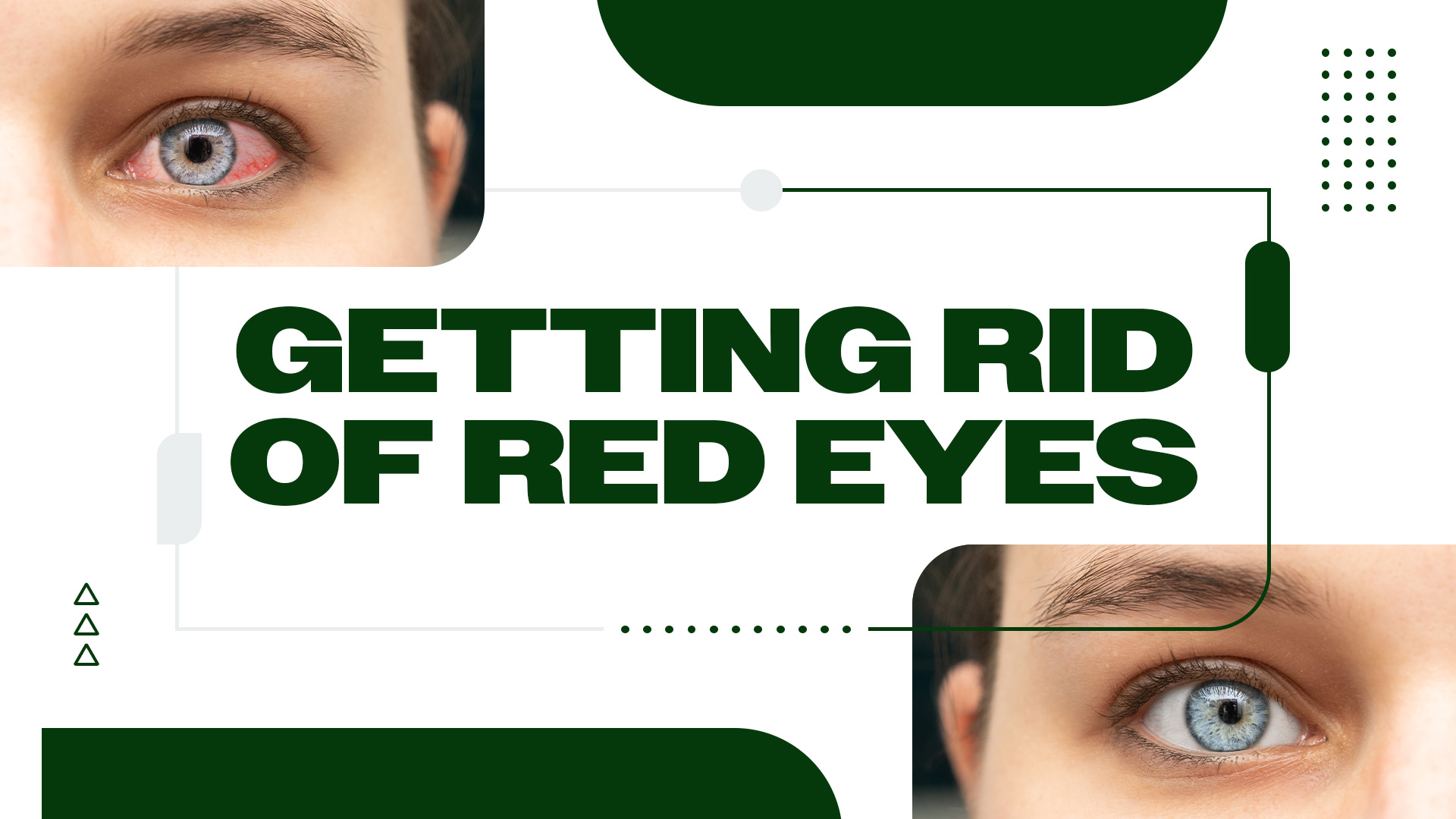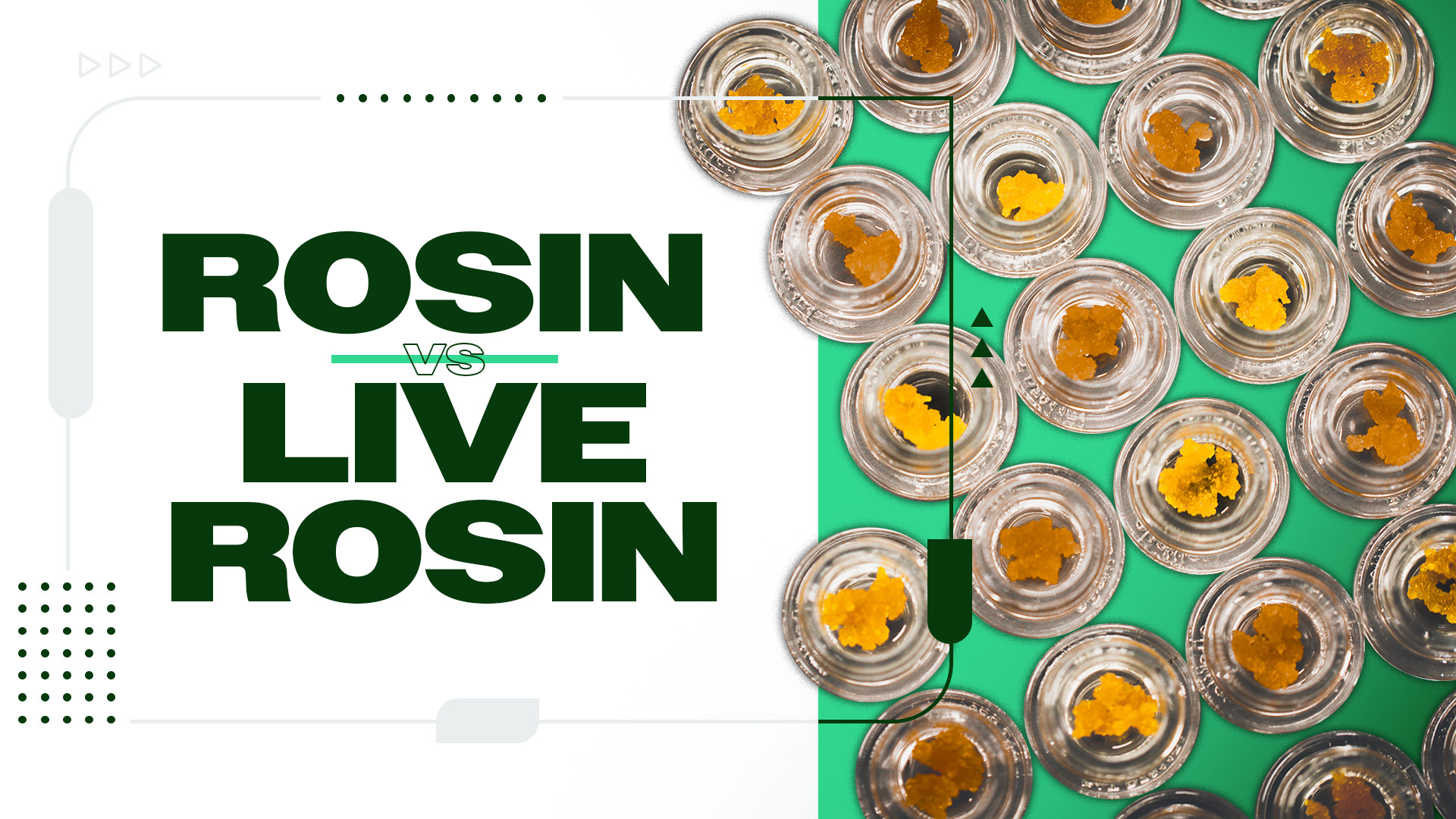Mold is a common problem in areas such as bathrooms, basements, and other spaces that are subject to excessive moisture. However, many do not think about the possibility of mold in their cannabis flower. Moldy weed isn’t just illicit-market cannabis. In fact, there have been many recalls in legal medical and recreational markets for cannabis contaminated with mold and mildew.
If you’re concerned about the idea of mold-contaminated cannabis, you’re right to be. In this article, we’ll go over how to identify moldy cannabis both as a consumer and as a cultivator, what to do in the event that you discover mold, what causes it, and what can be done to prevent it.
Why Does Weed Get Moldy?
Mold on cannabis, like mold on any other plant, surface, or food, is caused by moisture and heat. Cultivating or storing your cannabis in a place prone to high humidity is a high-risk factor for producing mold. Sitting water in/near a growing environment can also increase the risk of mold development during cultivation.
What Does Moldy Weed Look Like?
Identifying mold on food—bread for example—is very simple and is something most of us have done before. Identifying mold on cannabis, though, isn’t always as easy. Let’s take a closer look.
Signs of Moldy Weed
Moldy weed often has a gray-ish or white fuzzy coating, which can also be powdery. If your weed is moldy, it may also develop dark green or black splotches. When flower rots from the inside out, it’s called bud rot which may discolor your bud or cause it to become mushy.
As a cultivator or a consumer, identifying that your weed may be moldy differs. Explore below.
As A Cultivator
There are many things that a cultivator must keep an eye out for, whether they are growing cannabis commercially or for personal consumption. Mold is one of them. Moldy cannabis during cultivation typically happens in the flowering cycle as buds are growing and maturing. Signs of mold on cannabis that is being cultivated include the growth of a fuzzy and/or powdery white substance on the stems, leaves, or nodes of plants. Mold is much easier to identify in the early stages of cultivation before the buds have developed. However, the biggest risk comes with the growth of the buds, so it is essential to stay vigilant.
As a Consumer
Most cannabis consumers have seen frosty flower nugs. That white, frosty appearance comes from the presence of trichomes, which look like tiny, sometimes glittery hairs on the leaves and buds of cannabis. Mold also has a white or gray appearance on cannabis; however, it tends to be powdery in appearance, making it easily distinguishable from the trichome-rich, frosty goodness you want. In addition to a powdery gray or white appearance on the buds, mold typically tends to produce a musky or mildewy aroma, helping a mold issue stand out to some consumers via smell before it may be visually noticeable.
How To Prevent Moldy in Weed?
To prevent mold from occurring as a cultivator, it is vital to be aware of humidity levels in your cultivation area. When growing indoors at home, having a dehumidifier can be quite helpful. When growing outdoors, things can be a bit trickier in terms of controlling the humidity. However, there are things you can do to decrease the risk of mold developing, including not overwatering your plants and introducing air movement.
Within large or small indoor commercial cultivation settings, as well as within indoor home grow environments, it is also essential that you have proper airflow. This includes fresh air intake and ventilation to keep fresh air moving! When growing outdoors, ventilation isn’t an issue. However, elements like rain can be. When possible, it is highly advised to shake outdoor plants early in the morning to remove excess dew or rain saturation.
Mold not only occurs during cultivation but also during storage. When storing cannabis, it’s essential to store it in a dry, cool, dark environment to reduce the risk of mold as well as other issues.
This is true whether you are storing small amounts at home or large quantities to distribute in a legalized market. Check out this post for more information on how to properly store your cannabis flower.
How To Cure Moldy Weed
Sometimes, mold is inevitable. Despite doing everything you can to prevent mold as a cultivator or consumer, mold can still grow on your cannabis. In the event that you are cultivating cannabis and discover mold growing on your cannabis plants, your first thought might be to burn the whole crop to the ground. Rest assured, though, that your plant(s) can be saved if the issue is discovered early enough.
When you first find mold on a growing plant, it is essential that you remove any contaminated plants or sections of plants and then immediately take further action to prevent the growth of any residual microbes and mold spores that remain. While many large-scale cultivators may turn to commercial fungicides, this isn’t the best choice. Though effective, these products contain potentially harmful chemicals that many consumers and patients are wary of and would prefer not to be ingesting.
Luckily, nature always provides. Growers around the world have created a variety of concoctions to combat mold, all designed with one thing in mind: to neutralize the spores on the plant. One of the common mixtures that has been shown to do just that is a basic mix of hydrogen peroxide and water. This can be sprayed across the surface of plants to eliminate spores after any moldy leaves, buds, and stems have been removed. In the case of a major mold infestation, it is best to cut the crop rather than just the leaves.
What about if you come across some mold in your cannabis stash as a consumer? Sadly, there’s not a whole lot you can do to save your buds at this point, which is why proper storage is so important. According to Healthline, smoking moldy cannabis isn’t likely to cause major damage to a healthy person, though it could lead to unpleasant symptoms like heavy coughing or vomiting. For people with mold allergies or sensitive lungs, though, smoking moldy cannabis can be very dangerous. Ultimately, it’s not worth the risk: Cut your losses and toss the bud. You can always get more from the dispensary.
What Happens If You Smoke Moldy Weed?
Smoking moldy weed is unlikely to be fatal, but it’s still not advisable.
For healthy individuals, smoking moldy weed generally doesn’t pose a significant health risk, aside from the usual risks associated with smoking.
However, smoking moldy weed can lead to symptoms such as coughing, nausea, and vomiting. These symptoms are unpleasant but not typically dangerous.
If you’re allergic to mold, you might experience sinus or lung inflammation, leading to symptoms like:
- Sinus pain
- Drainage
- Congestion
- Wheezing
For people with weakened immune systems or pre-existing lung conditions, inhaling smoke from moldy weed can have serious health implications, including sometimes fatal infections in the lungs, central nervous system, and brain.
Final Takeaways
Preventing mold in cannabis is a full-time job for any cultivator. While airflow, ventilation, and proper humidity levels can drastically lower the risk of a mold or mildew infestation, they don’t always prevent it. In the event that mold occurs, sometimes natural or chemical-based fungicides can be utilized to eliminate mold spores after all visual signs have been removed. If the situation gets out of hand, though, it is best to cut the crop and start again in a clean environment.
As a consumer, it’s crucial to properly store your cannabis flower to prevent mold. Once the mold has invaded your stash, it’s not recommended to use the flower. Do you have any tips and tricks for preventing moldy cannabis as a cultivator and/or consumer? Drop them in the comments below!
Frequently Asked Questions
Is smoking moldy weed bad?
While smoking moldy weed won’t kill you, it should be avoided. It may cause nausea, coughing, or vomiting and can pose serious health risks to those with pre-existing lung conditions.
How to tell the difference between moldy weed and trichomes?
To tell the difference between moldy weed and trichomes, look closely at your flower. While trichomes are typically clear or opaque with a more bulbous or stalky structure, while mold will be more web-like with a musty smell.
What does moldy weed taste like?
Moldy weed will most likely have a musty or rotten taste.
Author, Share & Comments










